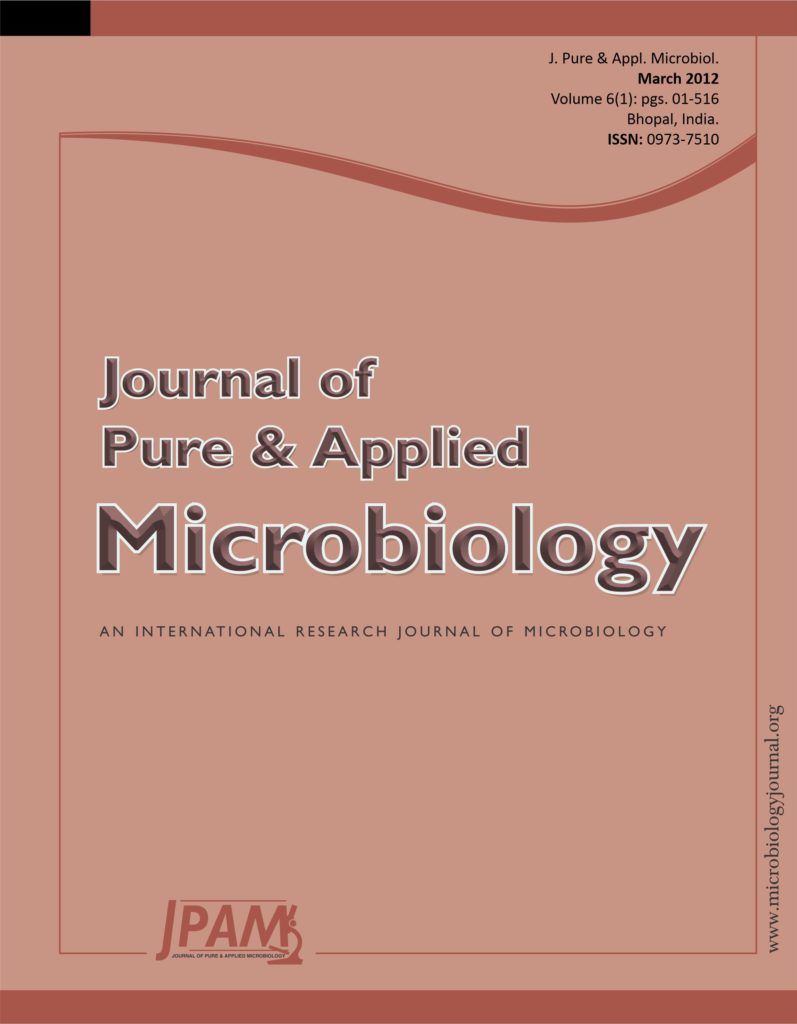The research was to investigate the bacteria associated with symptomatic (urinary tracts infection) and asymptomatic bacteriuria in the University of Uyo, Nigeria. A total of 100 mid-stream urine samples were collected and analyzed. Seventy-six percentage of the total urine samples screened were found to have significant bacteriuria, out of which a total of 120 isolates were obtained while 24% of the samples analysed showed no significant bacteriuria. Bacterial proximate composition revealed the presence of Escherichia coli (41. 7%), Staphylococcus aureus (16.7%), Klebsiella spp. (8.3%), Streptococcus faecalis (6.7%), Proteus spp. (6.7%), Pseudomonas spp (6.7%), Aerobacter aerogenes (6.7%), S. saprophyticus (5.0%), and Nocardia spp. (1.7%). These isolates principally constituted the total heterotrophic bacterial counts which ranged from 2.4 × 106cfu/ml to 15.8 × 106cfu/ml observed in the urine samples. Samples obtained from volunteers with age range 21 – 25years had the highest percentage (80.8%) of symptomatic bacteriuria and 15 – 20years had the least percentage of infection. More female individuals were affected than male (p< 0.05) with a total of 78 (65.0%) of the isolates from female individuals. Of these, 36 (30.0%) were identified as Escherichia coli. The Antibiotic profile showed that between 18.8% and 34.4% of the isolates were susceptible to gentamycin, nalidixic acid, erythromycin and nitrofurantoin; 28.6% showed intermediate profile to erythromycin while 92.9% to 100% of the isolates were resistant to tetracycline, colistin, cotrimoxazole, cloxacillin, penicillin, ampicillin and chloramphenicol. A range of 16.7 % to 50% multidrug resistant and beta lactamase producing isolates were cured of their plasmids and became susceptible to tetracycline, penicillin and ampicillin. The presence of higher significant asymptomatic bacteriuria might be a result of unhygienic living and sexual habit.
Symptomatic, Bacteriuria, Antibiotic resistance, Plasmids, Acridine orange
© The Author(s) 2012. Open Access. This article is distributed under the terms of the Creative Commons Attribution 4.0 International License which permits unrestricted use, sharing, distribution, and reproduction in any medium, provided you give appropriate credit to the original author(s) and the source, provide a link to the Creative Commons license, and indicate if changes were made.


